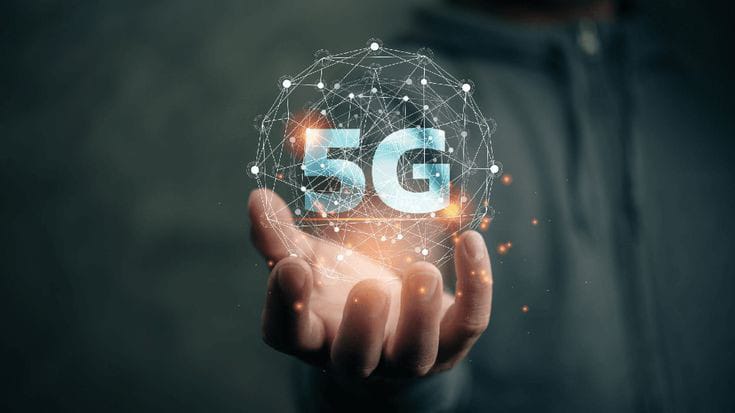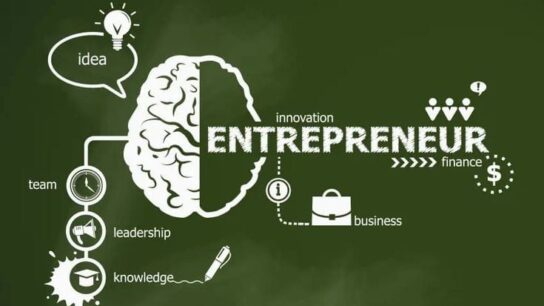
5G Technology: Revolutionizing Connectivity and Communication in the Digital Age!!!
In the ever-evolving landscape of telecommunications, the advent of 5G technology stands as a transformative milestone. As the fifth generation of mobile networks, 5G is not merely an incremental upgrade; it represents a paradigm shift in connectivity, unlocking unprecedented speed, reliability, and innovation. In this comprehensive exploration, we delve into the intricacies of 5G technology, examining its architecture, potential applications, and the profound impact it is poised to have on global communication.
I. Understanding 5G Technology: The Evolution of Connectivity
1. A Glimpse into the Past: Evolution of Mobile Networks
Before delving into the specifics of 5G, it’s crucial to trace the evolution of mobile networks. The transition from 1G to 4G marked successive waves of innovation, each bringing improvements in data speed, latency, and network capacity. 5G builds upon this foundation, promising to revolutionize the way we connect and communicate.
2. Core Components of 5G: Speed, Latency, and Connectivity
At its core, 5G technology is characterized by three key aspects: enhanced data speed, ultra-low latency, and increased device connectivity. These components collectively redefine the capabilities of mobile networks, opening avenues for real-time communication, immersive experiences, and a proliferation of Internet of Things (IoT) devices.
II. Architectural Breakdown: Unraveling the Layers of 5G
1. Radio Access Network (RAN): The Frontline of Connectivity
The Radio Access Network is where the magic of 5G begins. Consisting of base stations and antennas, RAN is responsible for connecting user devices to the core network. With advanced technologies like Massive MIMO (Multiple Input Multiple Output) and beamforming, 5G RAN enhances spectral efficiency and coverage, laying the foundation for high-speed, reliable connectivity.
2. Core Network: Powering the Digital Highway
Serving as the backbone of 5G, the core network manages data traffic, facilitates communication between devices, and orchestrates the seamless transfer of information. Network functions virtualization (NFV) and software-defined networking (SDN) play pivotal roles in creating a dynamic and flexible core infrastructure, adapting to varying demands in real-time.
3. Edge Computing: Bringing Processing Closer to Users
One of the revolutionary aspects of 5G is the integration of edge computing. By distributing computing resources closer to the end-users, latency is significantly reduced. This opens doors for applications that require instantaneous processing, such as augmented reality (AR), virtual reality (VR), and critical IoT services.
III. Potential Applications: Unleashing the Power of 5G
1. Enhanced Mobile Broadband (eMBB): Redefining Connectivity
5G’s impact on mobile broadband is perhaps the most tangible for consumers. With exponentially faster download and upload speeds, users can seamlessly stream high-definition content, engage in video calls without lag, and experience augmented reality applications with unprecedented clarity. This enhanced connectivity paves the way for a more immersive digital experience.
2. Internet of Things (IoT): Connecting the Unconnected
The proliferation of IoT devices is one of the cornerstones of 5G’s potential applications. From smart homes and cities to industrial IoT, the increased device connectivity and low latency of 5G create an ecosystem where billions of devices can communicate seamlessly. This not only enhances efficiency but also lays the groundwork for innovative solutions in healthcare, agriculture, and transportation.
3. Mission-Critical Communications: Ensuring Reliability
Industries that demand ultra-reliable and low-latency communication, such as healthcare, public safety, and autonomous vehicles, stand to benefit significantly from 5G. The technology’s ability to provide consistent, real-time connectivity is a game-changer for applications where reliability is paramount.
4. Industry 4.0: Transforming Manufacturing Processes
In the realm of Industry 4.0, where automation and connectivity converge, 5G plays a pivotal role. The low latency and high reliability of 5G facilitate real-time communication between machines, enabling smart factories, predictive maintenance, and a level of automation that was previously unattainable.
5. Smart Cities: Building Connected Urban Landscapes
5G technology is instrumental in the development of smart cities. From intelligent traffic management and energy-efficient infrastructure to enhanced public services, the connectivity provided by 5G lays the groundwork for urban environments that are not just connected but also efficient and sustainable.
IV. Overcoming Challenges: Navigating the 5G Landscape
1. Infrastructure Deployment: The Road to Ubiquity
The widespread implementation of 5G requires a comprehensive infrastructure overhaul. This includes the installation of new base stations, upgrading existing ones, and deploying fiber-optic networks to handle the increased data traffic. The sheer scale of this undertaking poses challenges in terms of cost, regulatory approvals, and public acceptance.
2. Spectrum Allocation: The Frequency Frontier
Optimal utilization of the radio frequency spectrum is critical for 5G’s success. Governments and regulatory bodies play a key role in allocating suitable spectrum bands for 5G deployment. Striking a balance between ensuring sufficient spectrum availability for telecom operators and addressing concerns about interference is a delicate task.
3. Security Concerns: Safeguarding the 5G Ecosystem
The interconnected nature of 5G networks raises concerns about cybersecurity. As more devices become connected, the attack surface expands. Addressing potential vulnerabilities, implementing robust encryption, and establishing standardized security protocols are imperative to ensure the integrity and privacy of 5G communications.
V. The Global Landscape: 5G Adoption and Progress
1. Global Leaders in 5G Adoption: A Competitive Race
Several countries have emerged as frontrunners in the race to adopt and implement 5G technology. China, the United States, South Korea, and select European nations have made significant strides in rolling out 5G networks. The competitive landscape is not only driven by technological advancements but also geopolitical considerations.
2. Economic Impacts: Unleashing Innovation and Growth
The widespread adoption of 5G is not just a technological shift; it has far-reaching economic implications. As industries harness the potential of 5G for innovation, productivity gains, and the creation of new business models, the technology becomes a catalyst for economic growth. Nations that embrace and invest in 5G are likely to position themselves as leaders in the global digital economy, fostering innovation and competitiveness.
VI. Future Prospects: What Lies Beyond 5G?
1. 6G on the Horizon: Anticipating the Next Leap
While 5G is still in the process of global deployment, discussions about the sixth generation of mobile networks (6G) are already underway. Envisioned for the next decade, 6G aims to push the boundaries even further, with expectations of terabit-per-second speeds, holographic communication, and advanced artificial intelligence integration.
2. Integration with Emerging Technologies: A Synergistic Future
The future of 5G extends beyond its own evolution, intertwining with emerging technologies such as AI, edge computing, and quantum computing. The synergy between these technologies holds the potential to create an interconnected ecosystem where devices, data, and intelligence seamlessly collaborate to redefine the digital landscape.
VII. Conclusion: A Connected Tomorrow
In the grand tapestry of technological evolution, 5G stands as a remarkable thread, weaving connectivity and communication into the very fabric of our daily lives. The promises it holds—faster speeds, lower latency, and a plethora of applications—are not just about the convenience of streaming high-definition videos or faster downloads; they herald a new era of innovation, connectivity, and possibilities.
As we stand on the cusp of this digital revolution, it is essential to approach the deployment and utilization of 5G with a forward-looking perspective. Navigating the challenges, ensuring security, and addressing ethical considerations will be integral in maximizing the benefits of this transformative technology.
The journey of 5G is not just about faster internet; it’s about redefining how we connect, communicate, and collaborate. It’s about enabling smart cities, revolutionizing industries, and unlocking the full potential of the Internet of Things. The 5G era is a gateway to a connection tomorrow—one where the digital landscape is not just a backdrop but an active participant in shaping the way we experience the world.



